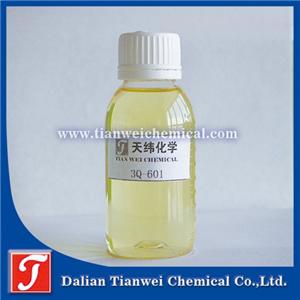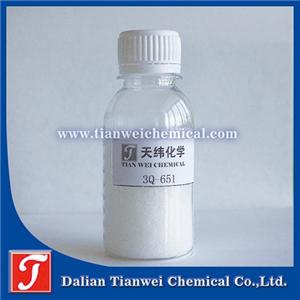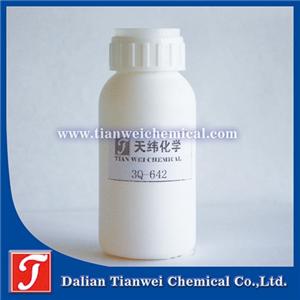-
Antibacterial Standards (by product category) 2016 Edition Antibacterial Material
ASTM E2149-2013a Determination of antibacterial behavior of steady-state antibacterial agents under dynamic contact conditions
22-10-2020 -
What are the four types of microorganisms that can be used for experiments when the paint is used for anti-mildew experiments?
The microorganisms available for testing in the laboratory are mainly in the following four categories, many of which are related to the mildew of the coating.
12-10-2020 -
Advantages of non-oxidizing bactericidal algaecides
The advantages of non-oxidizing bactericidal algaecides are:
02-09-2020 -
Paint Preservatives Can Help Coatings Solve Problems
Nowadays, coatings are used in a wide range of applications in our lives. Many surfaces require a layer of paint to increase the aesthetics and protect objects from wear. However, in the course of use, it often encounters the phenomenon of mildew and deterioration of the paint. What is going on here? Is it possible to use paint preservatives as a perfect solution?
12-08-2020 -
Microbial degradation of water-based pigments
Waterborne pigments are very sensitive to microbial attack. In general, all organic pigments can be used by a variety of bacteria to become a source of carbon and nitrogen for bacteria. In all pigment tests, yellow pigments are most susceptible to microbial degradation due to organic components.
15-07-2020 -
What is bacteria? What is the morphology of the bacteria?
Bacteria are a class of prokaryotic microorganisms. They are a kind of prokaryotic organism with short shape, simple structure and multi-divisional reproduction. It is the most widely distributed organism in the natural world and the main body of natural material circulation. By Bacterial reproduction
09-07-2020 -
Bronopol does not belong to the "formaldehyde release" fungicide
Bronopol is a class of high-efficiency, broad-spectrum preservatives with the following distinct advantages: Bronopol at a concentration of ppm can effectively kill bacteria
10-06-2020 -
Talking about the microbial hazard of waterborne metalworking fluid
There are a large number of various microorganisms in the metal working fluid
05-06-2020 -
pulp biocide in papermaking process
Modern papermaking mostly uses vegetable fiber cooking and pulping or pulp paper as the main raw material pulping process. Mortar is mainly caused by microorganisms, including filamentous bacteria from water, algae and mold in the air, and a large number of bacteria in waste paper. At the same time, a large number of chemical additives added in paper production, such as: Glues, starches, dyes and fillers are rich in nutrients, which provide abundant food for these microorganisms. In addition, the papermaking process can provide temperature and environment suitable for microbial reproduction, and microorganisms can grow and multiply once they are intervened. When microorganisms grow, they often adhere to the surface of the object (pipes, pool walls, etc. of the slurry process) to form biofilms
02-06-2020




